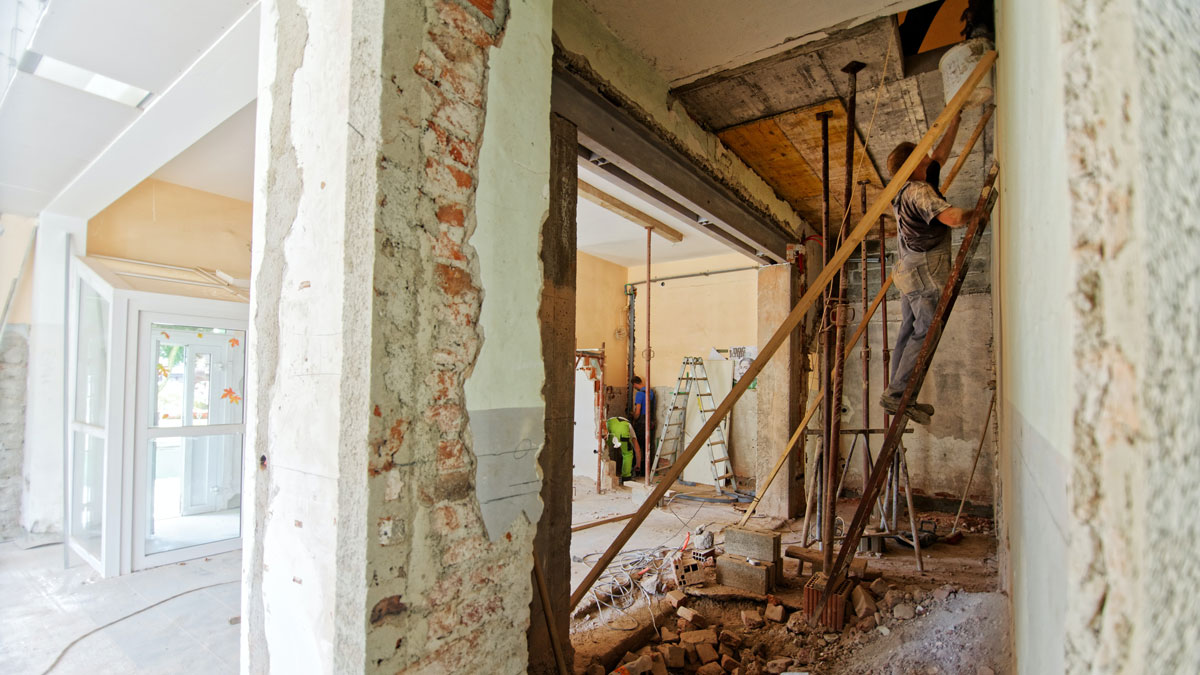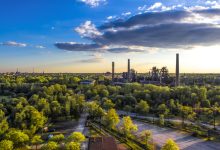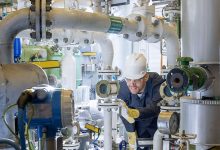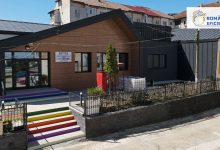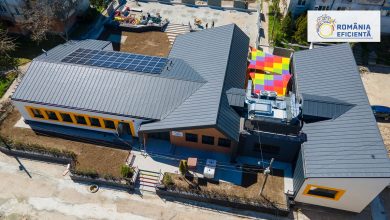How a Renovation Passport Might Be the Key to Making Buildings Greener
Almost half of the world’s final energy consumption goes towards heating and energy services of buildings. A team of architects, engineers, energy consultants, public administrations and software developers is working to improve procedures for assessing the energy performance of buildings in order to implement large-scale renovation plans that will contribute to the decarbonisation of the building stock.
Europe needs to revamp its energy consumption. If the climate crisis was not enough of an incentive, the invasion of Ukraine by Russia has placed a sudden threat over the energy supply of many countries. Almost half of the world’s final energy consumption goes towards smart buildings, energy communities and heating buildings, so insulating our homes and offices is a key ingredient for reducing our overall energy use.
However, the average citizen lacks the incentives to undergo the necessary renovations in their home―or even the awareness of what those renovations should consist of. That is why a group of architects, engineers, and policy makers across six European countries join forces in the EU research project TIMEPAC and set themselves the ambitious aim of enhancing the current energy performance evaluation process which relates to a reform of the Energy Building Performance Directive of the EU. By introducing a dynamic approach to certification, the team hopes to give building owners the tools and motivation to make their buildings consume as little energy as possible.
Hidden in a drawer
Currently, European regulations dictate that any building that is put up for sale or rent must have an Energy Performance Certificate (EPC). This document states how efficient the building is in terms of its energy performance. However, today’s certificates do not provide sufficient information to assess the actual performance of a building; for example, information about the efficiency of the building equipment and the behaviour of occupants, both strongly interrelated. Furthermore, current EPCs do not provide information on the building’s potential to host renewable energy production installations and to distribute the energy produced to the grid. Due to these and other limitations, “current certificates have become a mere administrative requirement rather than effective tools for the renovation of the building stock,” says Leandro Madrazo, Professor at the School of Architecture La Salle, Ramon Llull University in Barcelona, and coordinator of the TIMEPAC project.
The project is called TIMEPAC, short for “Towards Innovative Methods for Energy Performance Assessment and Certification”. One of the consortium partners is Politecnico di Torino in Italy, represented by Vincenzo Corrado, Professor of Building Physics and Building Energy Systems. He agrees that a low score on the EPC rarely leads to refurbishments.
Corrado believes that it is crucial to provide adequate information to the final user about the importance of improving the quality of the building―something that is lacking in the current framework, and which makes tax deductions often ineffective. “People should become aware that, if they renovate a building, they can get a significant decrease in their expenses for heating and air conditioning,” he says.
Towards climatic resilience
But it is not only a matter of money. The climate crisis has already increased the frequency and intensity of extreme weather events and the further warming expected will amplify this effect even more. Therefore, “climatic resilience” is key, says Corrado: buildings should become resistant to extreme weather events, include cooling measures in anticipation of warmer temperatures, and their overall energy consumption should be reduced as much as possible.
While the current EPC is outdated in these respects, Madrazo explains that this certification system is undergoing a “paradigm shift” that is perfectly aligned with TIMEPAC’s aims. “Originally, an EPC was a label for a building, like you have a label for appliances, such as a refrigerator. But buildings are not just devices: buildings are inhabited, that is, they cannot be detached from people’s economic capacity and cultural values, their personal goals, and lifestyles, which change over time, just as buildings do,” he argues.
A dynamic approach
The new EPC, therefore, will be “dynamic, which means we will track the building performance over time,” explains Susanne Geissler. She is the Director of the Institute for Sustainable Energy and Resources Availability (SERA), and partner in the TIMEPAC project. As the experts detail, the first step will be to include more reliable data, such as the actual energy consumption of the building as opposed to an estimate, and add information about the performance of the materials and even the comfort level of residents.
“Comfort means thermal comfort but also indoor air quality, visual comfort and acoustic aspects,” Corrado says. These elements would align the certificate with the idea of ‘smart buildings’: “having more information about the building’s actual performance will make the stakeholders involved in the process of renovating the building stock smarter,” Madrazo adds.
Leading expert on life cycle analysis Gloria Gómez Muñoz, Doctor in Architecture, Lecturer and Researcher at Universidad Politécnica de Madrid (Spain) who is not involved in TIMEPAC says that it is important to analyse the lifecycle of the building, the quality of the materials and their environmental impact, as the current EPC “is no longer effective for the challenges we face today”.
Connecting with the environment
But a building is not an isolated object: it is connected to public transport systems, and it can produce energy to charge electric cars. TIMEPAC considers buildings as “prosumers”, i.e., both consumers and producers of energy, “so there will be a continuous connection between each building and the external environment in terms of energy and information exchange,” Corrado states.
In the future due to the Energy Performance of Buildings Directive – EPBD, building owners might need a building renovation plan to upgrade the building over time in order to reach the energy performance objectives established by the national legislations. These plans will be included in a new document, the building renovation passport which will outline the long-term, step-by-step renovation roadmap to achieve deep renovation for a specific building. This is a European initiative that TIMEPAC embraces in order to encourage buildings to improve their performance continuously.
According to Geissler, “one of the challenges in TIMEPAC is to reduce the complexity of the building certification processes”. And she adds: “What we need to do is develop procedures which are feasible to implement in practice”. Digitalisation, through BIM technologies and building data repositories, will be key step to make the building renovation passport effective and reliable over time, says Geissler.
Given the myriad of elements at play, to improve and enhance current EPCs -making them more reliable with more accurate data and including additional data from other sources like building repositories and smart readiness indicators, respectively – will not be simple, but the researchers are encouraged by the progress made over the past couple of decades.
“In the last 20 years, there has been a paradigm shift from focusing only on the energy performance of an isolated building to understand the building as part of larger system of interconnected elements. Moreover, we have all realized now that improving the energy performance of buildings is not only a technical question nor it is limited to environmental concerns―it is also a social and cultural issue,” says Madrazo. Geissler adds: “If you are passionate about something, you always think it’s too slow. But, looking back, you see that things have really changed”.


